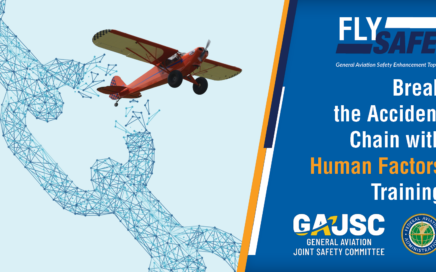
Human Factors and Safety Culture
A strong safety culture is key to managing risk in aviation. By better understanding human factors, we can enhance decision-making, improve safety protocols, and reduce errors.

A strong safety culture is key to managing risk in aviation. By better understanding human factors, we can enhance decision-making, improve safety protocols, and reduce errors.
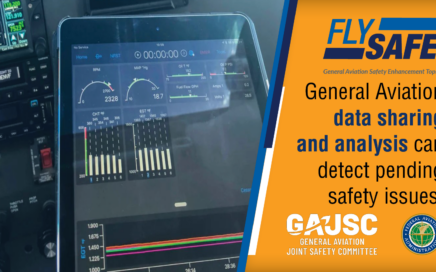
Reasonable performance expectations, based on realistic data from flight data monitors, can help to forecast system/component problems before they reach the point of failure, resulting in safer flight operations.
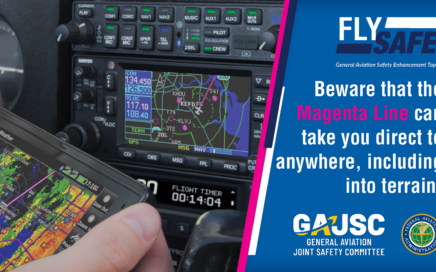
Automation can be a life saver, but overreliance on it can lead you into terrain. Know the tech traps in your flight deck and how to avoid a mishap with automation.

Which way is really up? To some, this may sound like a silly or odd question, but for pilots, this can be a real concern. Statistics show that between 5 to 10% of all general aviation accidents are attributed to spatial disorientation, and 90% of those are fatal. Spatial orientation is our natural ability to […]

Since 2010, there have been 12 fatal aircraft accidents where CO impairment was the primary root cause. ☑️ Do you have a CO detector installed in your aircraft, or carry one on board with you when you fly? ☑️ Do you thoroughly inspect your exhaust system every 100 hours? Let’s spend a little time discussing […]
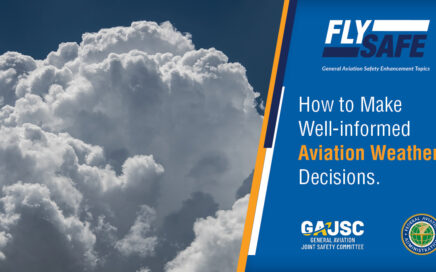
The 21st Century has brought an unprecedented wealth of information to general aviation cockpits. Near real-time graphical and textual weather products contribute greatly to pilot situational awareness and decision-making. However, pilots must understand the capabilities and limitations of the equipment and the information it provides. Let’s explore how general aviation pilots can use available weather […]
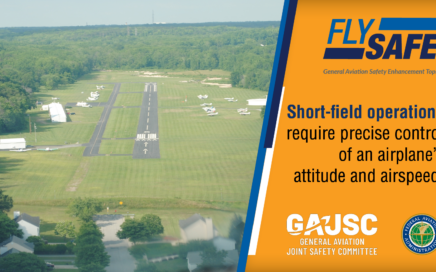
Multiple NTSB accident reports cite mismanagement of short-field takeoffs and landings involving pilots with and without experience in this type of operation. Some factors include inaccurate or incomplete performance calculations and improper short-field techniques. The General Aviation Joint Safety Committee believes that training and practice in short-field operations can help improve short-field performance and reduce loss-of-control and […]

The term “human factors” refers to the wide range of issues affecting how people perform tasks in their work and leisure environments. Human factors study applies knowledge of the human body and mind to better understand human capabilities and limitations. This allows us to better design tasks and technology to optimize the relationship between human […]
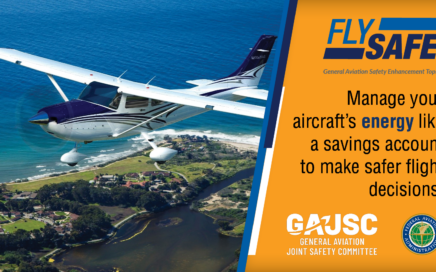
When it comes to aerodynamics, it helps to think of energy like a savings account. Learn how to draw on the basics of flight to better manage emergency situations. Go to the Fly Safe topic about energy management.
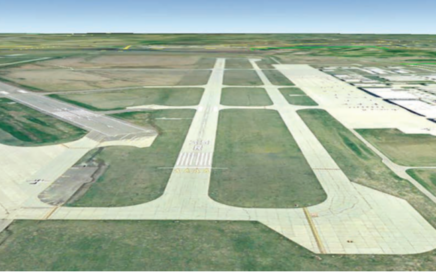
Incidents where an aircraft takes off or lands on the wrong surface — or at the wrong airport — pose a serious threat to aviation safety and occur more often than you might think. According to the FAA, there were 1,641 incorrect surface approach and landing events from October 2016 through December 2022, an average […]